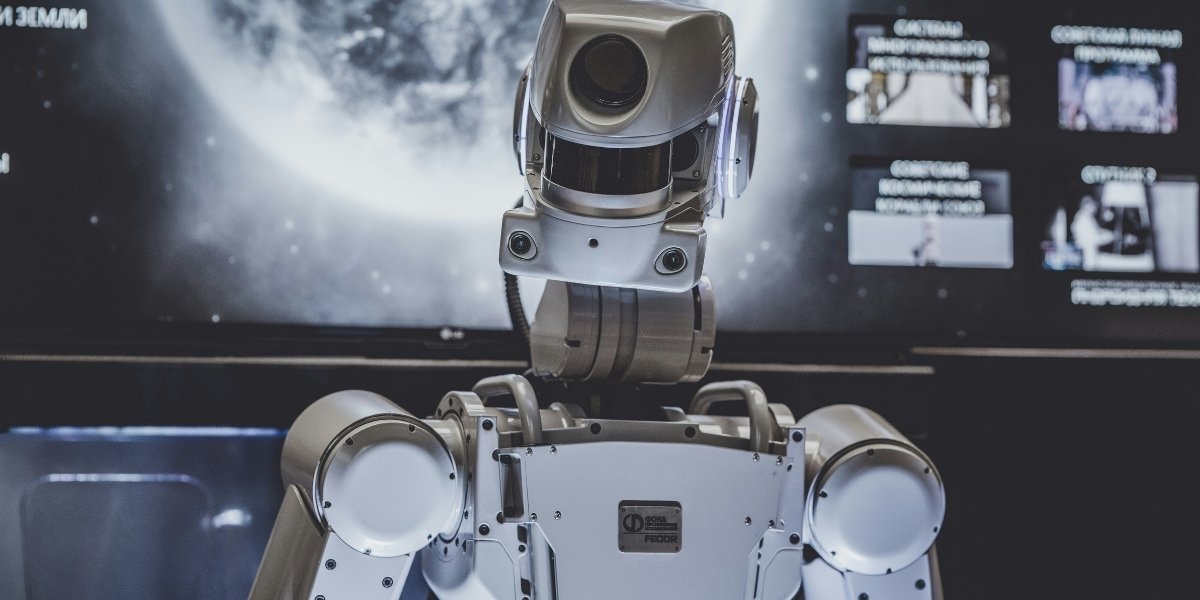Not long ago, virtual reality technology seemed like science fiction – the kind of futuristic concept that might never become practical for everyday use. Yet in recent years, VR headsets have quietly moved from niche gaming accessories to surprisingly popular consumer devices. The reasons behind this shift reveal much about how people interact with technology and what they want from digital experiences.
Read also: How Important Is a Sweet Sixteen?
The Evolving Uses of Virtual Reality
What began primarily as gaming equipment has expanded into diverse applications that appeal to different audiences. Fitness enthusiasts use VR for immersive workout experiences that make exercise more engaging. Some professionals employ the technology for virtual meetings and collaborative workspaces that feel more personal than traditional video calls. Even casual users find value in virtual travel experiences or interactive storytelling that transports them to new environments without leaving home.
The technology has particularly resonated with creative communities. Artists use VR tools to sculpt in three-dimensional space, while musicians experiment with virtual performances. These applications demonstrate how VR has grown beyond pure entertainment to become a versatile tool for expression and productivity.
What Makes Modern VR More Accessible
Earlier versions of virtual reality faced numerous barriers to widespread adoption. Bulky equipment, high costs, and technical limitations made the technology impractical for most consumers. Current generations of VR headsets have addressed many of these concerns through improved design and more thoughtful user experiences.
Modern devices weigh significantly less than their predecessors, reducing neck strain during extended use. Wireless options eliminate the tangled cables that once made movement awkward. Perhaps most importantly, prices have dropped to levels that put VR within reach of average consumers rather than just dedicated tech enthusiasts.
The software ecosystem has matured as well. Where early adopters faced a limited selection of quality content, today’s users can choose from extensive libraries of games, educational programs, and creative tools. This growing catalog gives people more reasons to keep using their headsets long after the initial novelty wears off.
The Social and Psychological Aspects of VR Adoption
Virtual reality succeeds where it creates meaningful connections between people. Multiplayer experiences allow friends to interact in shared digital spaces with a sense of presence that flat screens can’t match. This social dimension helps explain why certain VR applications gain viral popularity – they become spaces where people want to spend time together.
There’s also a psychological component to VR’s appeal. The technology offers forms of escapism and self-expression that traditional media can’t provide. Users can experiment with different identities in virtual spaces or visit fantastical environments that would be impossible in the physical world. This taps into fundamental human desires for exploration and reinvention.
However, the technology isn’t without its challenges. Some users report motion sickness during certain experiences, while others find the headsets uncomfortable for extended wear. The isolation of being fully immersed in a digital world also raises questions about long-term social effects that researchers continue to examine.
The Road Ahead for Virtual Reality
As the technology continues evolving, several trends suggest VR will become even more integrated into daily life. Improvements in display resolution reduce the screen-door effect that once broke immersion. Better hand tracking and haptic feedback make interactions more natural and intuitive. These refinements address some of the remaining barriers to mainstream acceptance.
The potential applications keep expanding as well. Medical fields explore VR for therapy and surgical training. Educators experiment with immersive learning environments. Even retail businesses consider virtual showrooms where customers can examine products from all angles. This broadening range of uses suggests VR may follow a similar adoption curve to smartphones – starting as a novelty before becoming an essential tool for many aspects of modern life.
What makes VR headsets truly compelling isn’t just the technology itself, but how it enables new ways for people to connect, create, and experience the world. As the hardware becomes more comfortable and the software more varied, virtual reality seems poised to move even further beyond its gaming roots into something more versatile and integrated into everyday routines. The headsets that once seemed like expensive toys are gradually becoming legitimate platforms for work, socializing, and self-improvement – a transformation few predicted when the technology first emerged.









